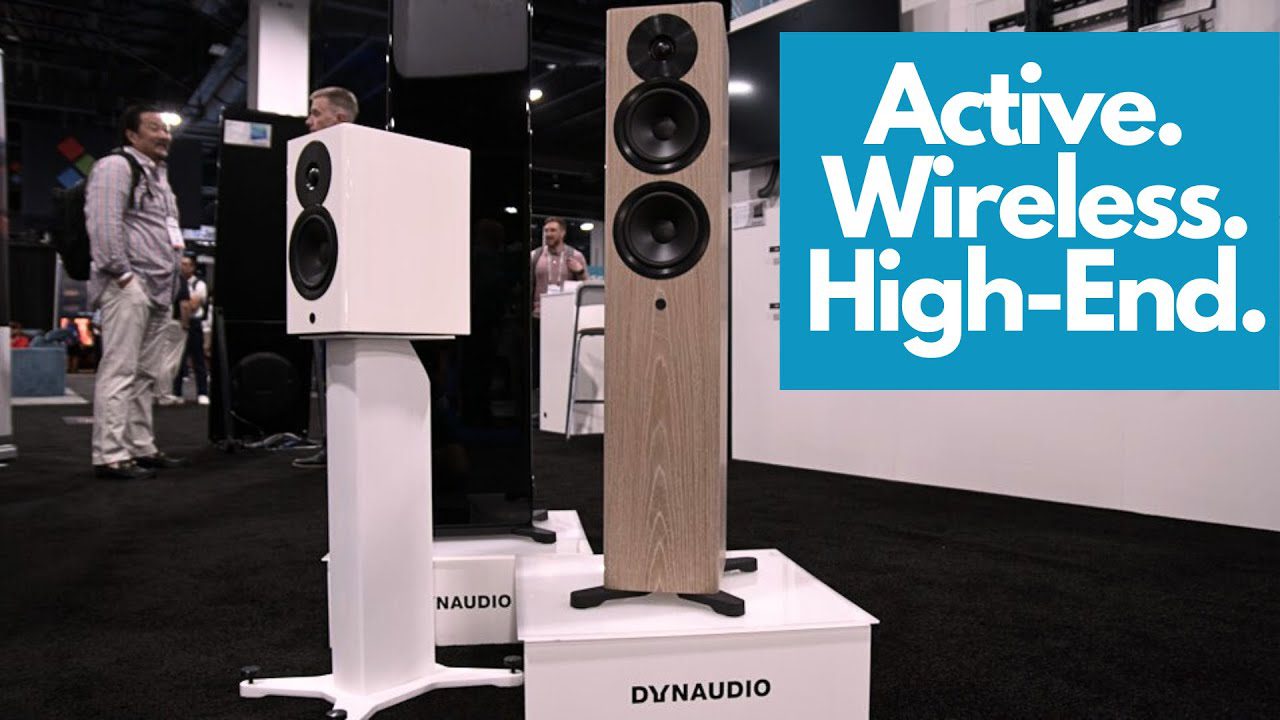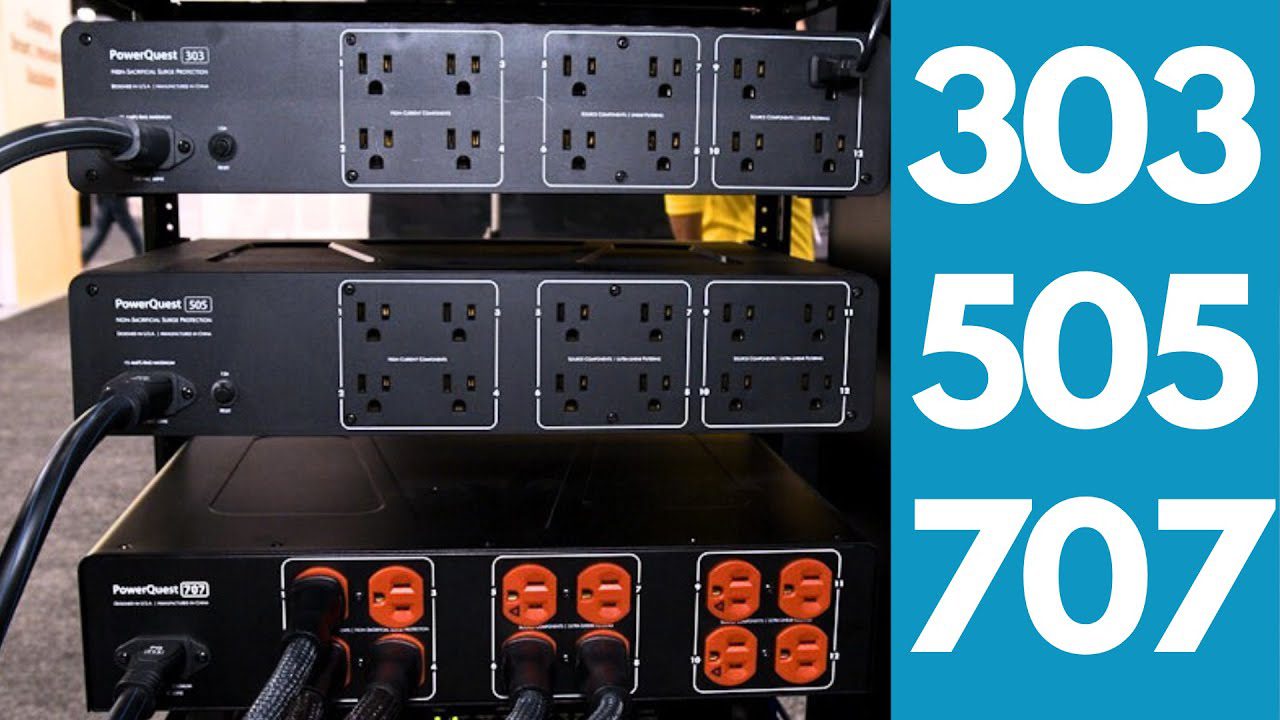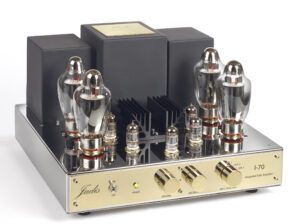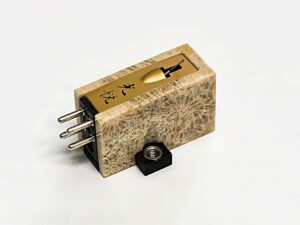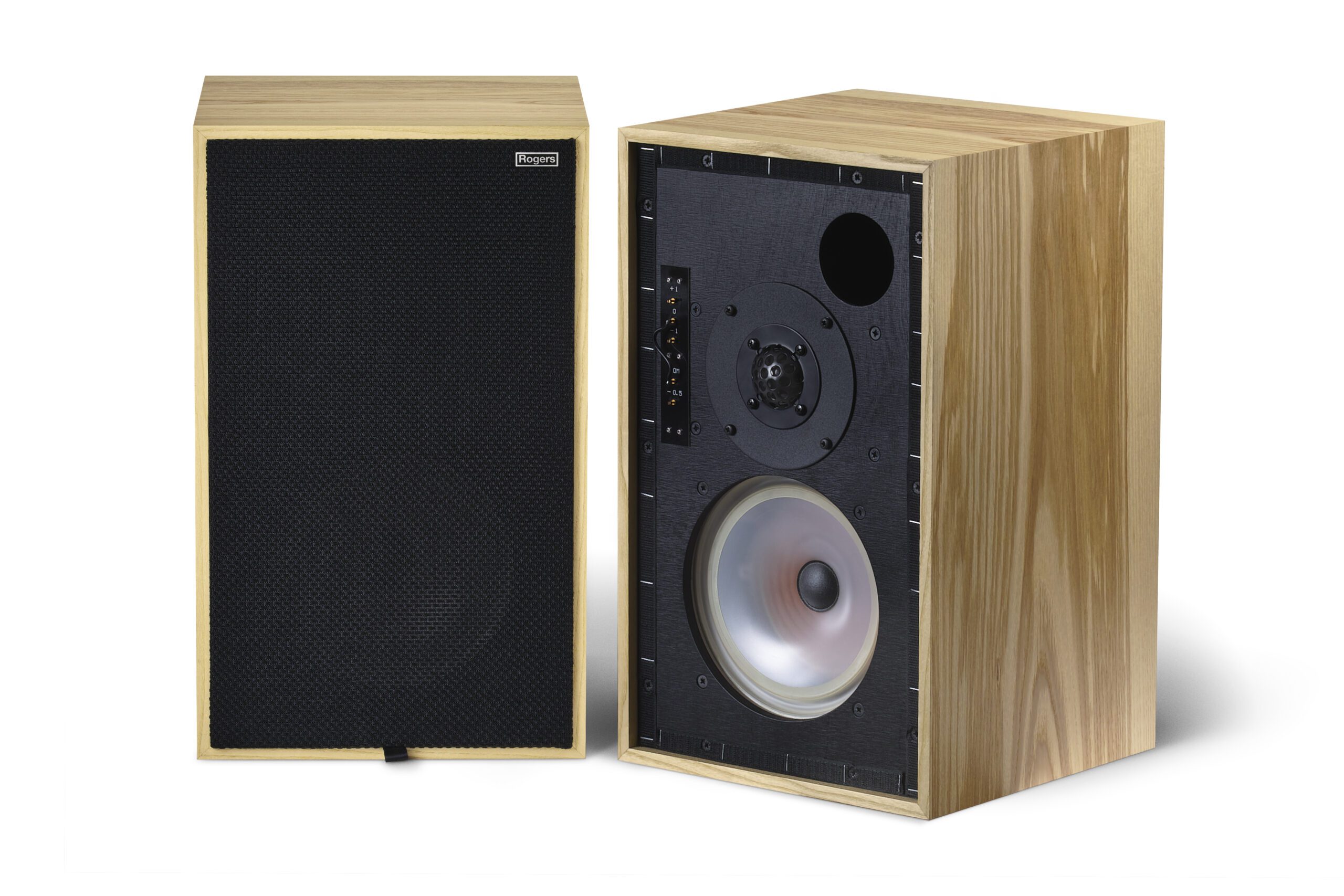
The story goes that Rogers’ designer Andy Whittle was looking around for good material to make a dedicated stand for his LS3/5A, the most iconic of BBC-designed loudspeakers and came across Panzerholz. This is a hardcore version of plywood where the glue is replaced with resin, and the result is an extremely high-density material that is so unlike regular wood that it’s bulletproof and sinks in water. But it’s the density that appealed to Whittle who, while developing a Panzerholz stand has found another application that should be even more useful to those wanting to make their music sound better; loudspeaker cabinets.
The Classic LS5/9 SE is an upgraded version of Rogers’ standard version with a Panzerholz front baffle. The high rigidity and self-damping qualities of this material make it eminently well suited to an application where you want to minimise vibration and thus reduce coloration. It’s only 9mm thick like the regular birch ply version, but Panzerholz is so stiff that it’s impossible to bend this panel with your hands, which – as anyone who has picked up a piece of 9mm ply will know – is quite surprising.
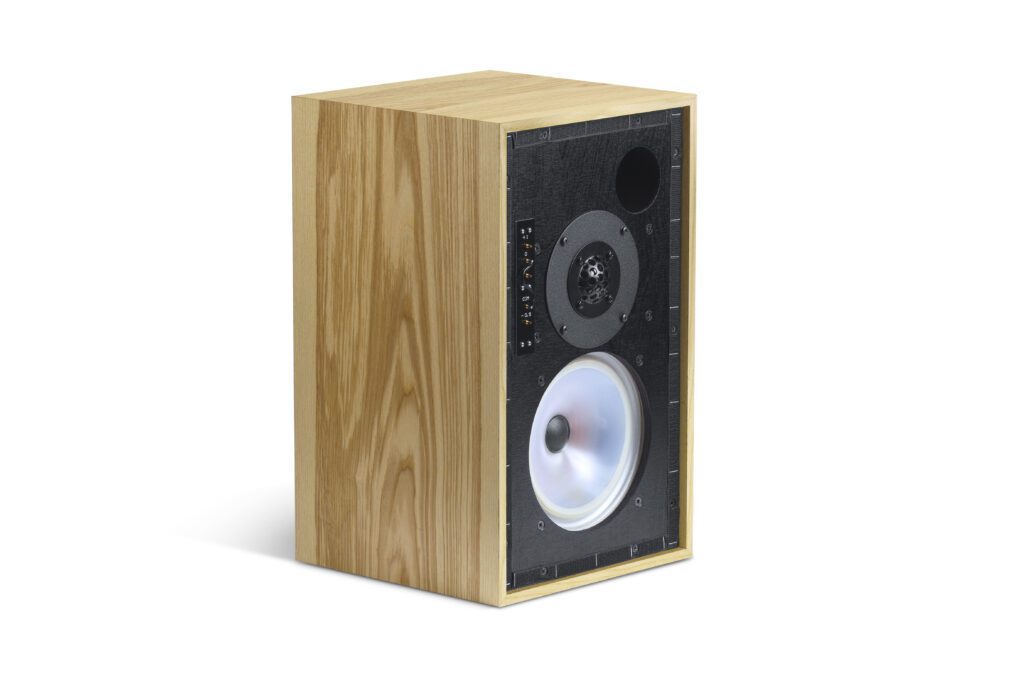
Despite this change, the SE version still qualifies as a licensed BBC design. In other words, using this material for the baffle is not a big enough change for it to be outside the specification. The cabinet is otherwise as per the standard design with birch ply construction and a recessed front baffle that creates a frame for the Tygan fabric grille to sit in, albeit there are squares of Velcro to keep it there.
This reflex-loaded loudspeaker has a front-firing port and a tag strip with a soldered jumper for setting up driver output on the front; that is factory set up rather than in‑room. The tweeter sits behind a perforated steel brass cover initially conceived to protect the soft dome from damage when the speaker was moved around. It also provides a degree of added dispersion and helps the treble to escape the recessed baffle. The tweeter is a large 34mm Audax unit that Rogers customises to provide greater phase accuracy. It crosses over to the Rogers mid/bass driver at 3kHz which is high for a tweeter of this size but reflects the vintage of the design.
Vinyl reflections
The cone on the main driver is polypropylene and has a vinyl surround; this latter is very unusual and another element of the BBC spec. The appeal of the material is that it’s stiffer than rubber. The drawback is that it takes the unit about half an hour to warm up before it sounds its best. Rogers has upgraded the crossover for this SE version with dust iron cores in the inductors rather than ferrite, a more expensive approach that is said to result in a more natural sound.
For anyone who, like me, has wondered what designations like LS5/9 mean I asked Andy Whittle to explain: “These numbers are the BBC’s coded equipment format. In this, cabinets have the prefix ‘CT’, filters ‘FL’, and loudspeakers ‘LS’, hence the first two letters. Figure ‘3’ in the code indicates that the design is primarily for outside broadcast (OB) use. A figure ‘5’ would mean studio broadcasting, as in LS5/9. The number ‘9’ after the stroke is the model number.” It’s not the most obvious way to describe a two-way with an eight-inch driver, but there is an administrative – if bureaucratic – logic behind the numbers.
The LS5/9 is what the BBC designated a grade 1 monitor for its ability to deliver low coloration and handle power, rendering it suitable for critical broadcast work. The LS3/5A, by comparison, was a grade 2 design principally created for outside broadcast trucks and without the bandwidth on offer from this larger design. It’s not enormous at 18 inches high but has sufficient volume and an eight-inch main driver making it capable of decent sound pressure levels for its size. I rather like the 4mm sockets provided for speaker cables; they look great and as there’s not much metal involved should sound better than chunky terminals. Those with bare wires will have to find some match sticks!
As the Panzerholz stands were not ready when these speakers arrived I used a pair of 55cm Solid Steel stands that Andy felt were the best size for the Classic LS5/9 SE. After a bit of experimentation with placement it became clear that the best tonal balance was achieved with the speakers close to the rear wall and toed in to an extent but not so much as to be directly on-axis to the listening position. Amplification consisted of a Townshend Allegri Reference preamp and Moor Amps Angel 6 power amp for the majority of the listening. However, as you will read I tried an alternative power amp with a strong Class A bias for some of the time too. These Rogers speakers sound like monitors since they are strong on detail and don’t smooth over the shortcomings of less-than-naturally balanced recordings. In other words, they are revealing to an extent that highlights overly ‘hot’ or compressed productions; being initially designed for broadcast monitoring they do not have the ‘sweetened’ voicing found with many modern loudspeakers.
Mind Ecology
I haven’t spent time with many BBC designs, but this one certainly lets the sound escape from the box better than those I have. It’s still not as open as the best modern alternatives but combines monitor-style transparency with the scale of image very nicely. Their strongest suit is the midrange which lets you revel in the qualities of any voice, sax or violin you care to listen to. Lyrical intelligibility is exceptionally high thanks to the resolution here, and the benefits of a slightly lean balance become obvious. They are also taut and pacey which is not a typical characteristic of the genre. Put on something with energy and pace like Shakti’s ‘Mind Ecology’ [Natural Elements], and you get a rush of thrilling music that’s controlled yet very exciting.
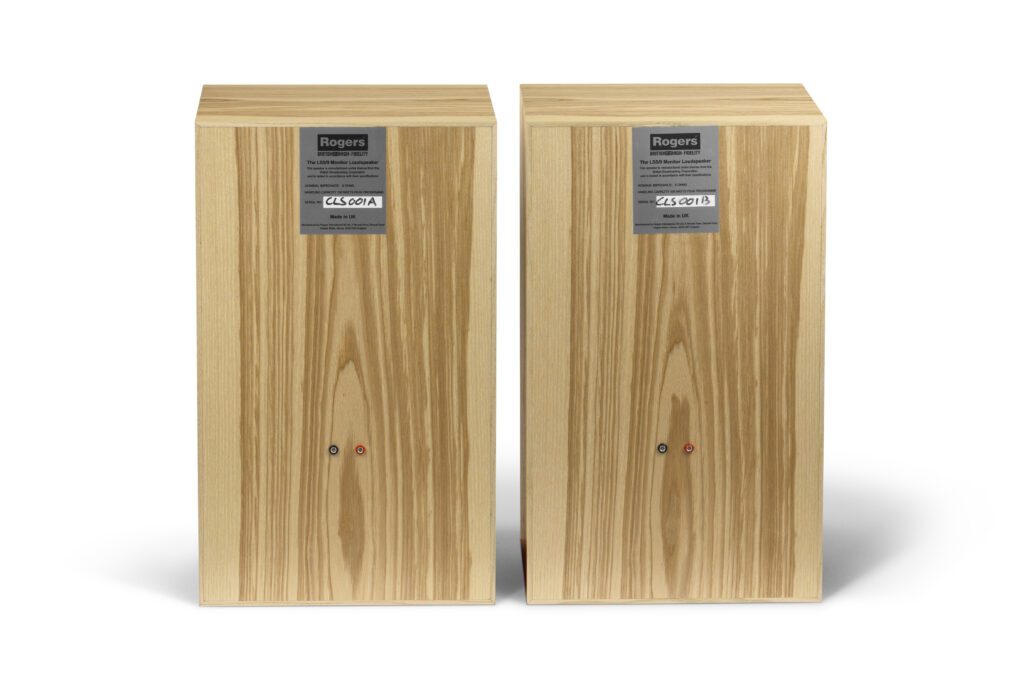
But then I put on the Doobie Brothers’ ‘What A Fool Believes’ [Minute by Minute] and was carried away by the angelic qualities of Michael McDonald’s voice. This may not be a sweet-sounding speaker by nature, but if that sweetness is in the recording you know all about it.
The Classic LS5/9 SE is not an obvious choice for those after a visceral sound, but they can deliver it with gusto, I tried Massive Attack and Christian Scott, and in both cases, the rage and ferocity were immediately evident. What did surprise me was the bass extension on the former’s ‘Man Next Door’ [Mezzanine] which was far lower and more solid than expected for a speaker of this size. It was really deep and muscular and gave me a new respect for the design and this particular iteration of it. The Panzerholz must be a significant factor here as well as in the sense of immediacy that this SE version can produce. Andy only mentioned the sense of openness that it brings. He didn’t warn me that the sofa would start to vibrate.
Coffee, tea or MP3
The rather forward nature of Esperanza Spalding’s ‘Ebony and Ivy’ [Emily’s D-Evolution] was also evident but so were the various layers in the recording. The sound here reminded me of ATC loudspeakers thanks to its ‘warts and all’ analysis combined with speed, and the high level of detail allows the lyrics and the lyricist’s voice to be fully appreciated. Still, there’s no getting away from the attempt at making the track sound radio-friendly.
I considered the fact that Rogers is making a pentode valve amplifier called the E20a II, an integrated that features design input from Audio Note UK’s Andy Grove, and this got me thinking that maybe an amplifier with similar characteristics would be the way to go with the Classic LS5/9 SE. So I tried the CAAS Elysian 100 Mono-block power amps with them. These are solid-state amps, but the first 20 of their 100 Watts are delivered in Class A, and as few of us rarely use more power than that they have a distinctly Class A sound.
This hunch proved correct, and the sound became sweeter, smoother and flowed nicely. The bass lacked grip by comparison, but the trade-off was worth it because these amps matched the speakers so well that it proved very hard to press pause.
Rogers has proved with the Classic LS5/9 SE that you can update an iconic design without losing the qualities that have allowed it to endure for half a century. This is a remarkable achievement and results in an equally remarkable loudspeaker, no doubt about it.
Technical specifications
- Type 2-way, two-driver stand-mount monitor with front-ported bass reflex enclosure
- Driver complement One 34mm dome tweeter, one 210mm polypropylene mid-bass driver with vinyl surround.
- Frequency response Not specified
- Crossover frequency 3kHz (3rd order)
- Impedance 8 Ohms
- Sensitivity 87dB/W/m
- Dimensions (H×W×D) 460 × 275 × 285mm
- Weight 12kg/each
- Finishes walnut, amazaque, olive, rosewood.
- Price £5,599/pair (walnut, amazaque, olive),
£5,899/pair (rosewood)
Manufacturer
Rogers International UK Ltd
+44 (0)333 533 0135
By Jason Kennedy
More articles from this authorRead Next From Review
See all
Reiki Audio SuperSwitch Master Pro + Servant Pro
- Mar 27, 2024

Melco Audio N1-S38 music server
- Mar 27, 2024

Focal Utopia 2022 headphones
- Mar 27, 2024



